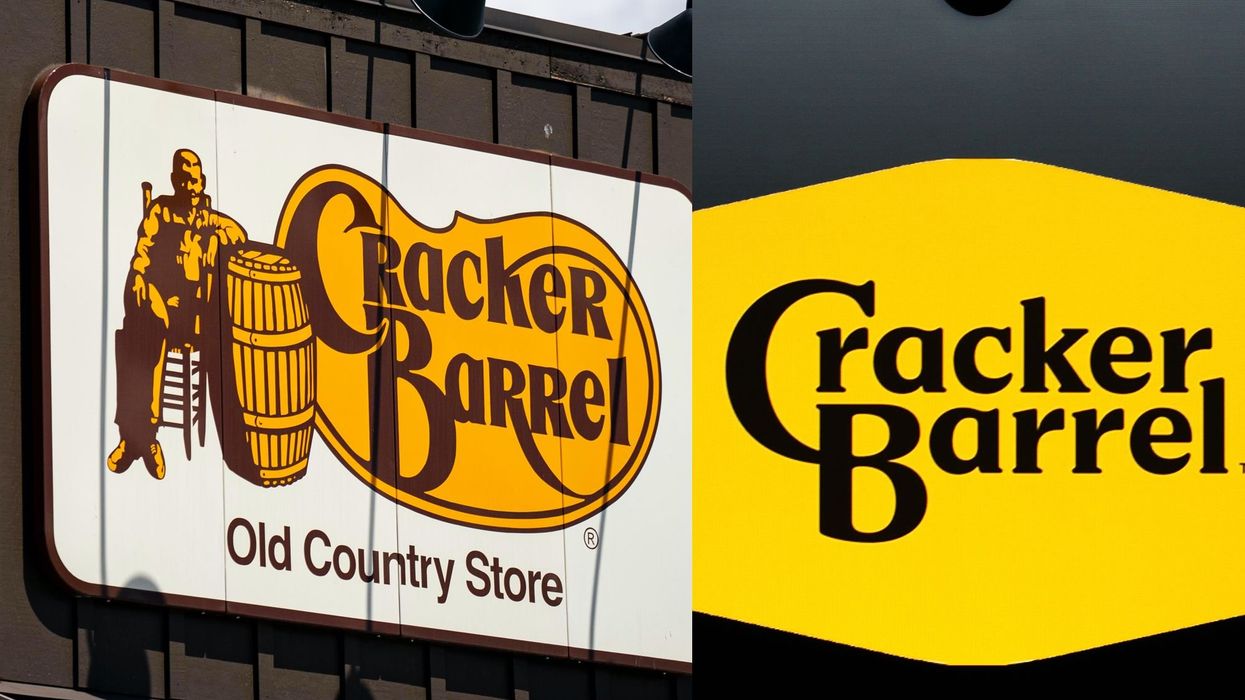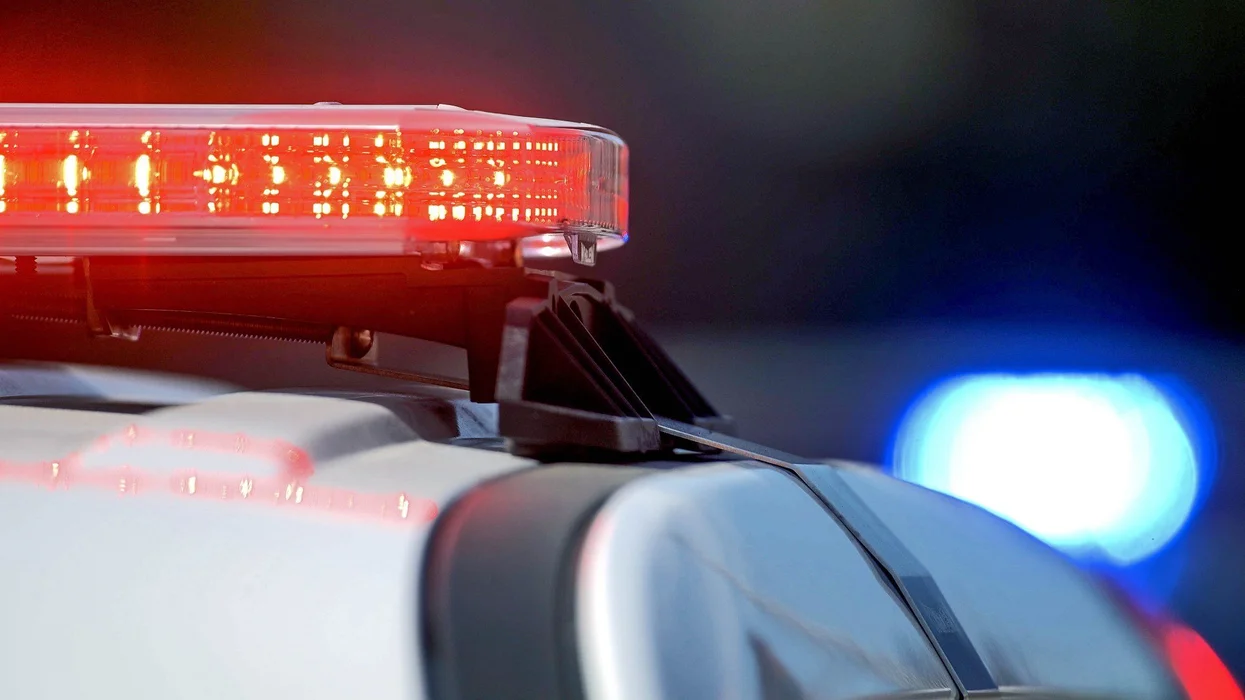
© 2025 Blaze Media LLC. All rights reserved.
Radioactive Milk, Spinach Found 70+ Miles From Japan's Nuclear Plants
March 19, 2011
bad news for an already-jittery public...
FUKUSHIMA, Japan (AP/ THE BLAZE) -- In the first sign that contamination from Japan's stricken nuclear complex had seeped into the food chain, officials said Saturday that radiation levels in spinach and milk from farms near the tsunami-crippled facility exceeded government safety limits.
Minuscule amounts of radioactive iodine also were found in tap water Friday in Tokyo and elsewhere in Japan - although experts said none of those tests showed any health risks. The Health Ministry also said that radioactive iodine slightly above government safety limits was found in drinking water at one point Thursday in a sampling from Fukushima prefecture, the site of the nuclear plant, but later tests showed the level had fallen again.
Six workers trying to bring the Fukushima Dai-ichi plant back under control were exposed to more than 100 millisieverts of radiation - Japan's normal limit for those involved in emergency operations, according to Tokyo Electric Power Co., which operates the complex. The government raised that limit to 250 millisieverts on Tuesday as the crisis escalated.
Chief Cabinet Secretary Yukio Edano, meanwhile, insisted the contaminated foods "pose no immediate health risk."
The Wall Street Journal notes that the contaminated food in Japan is unlikely to reach the U.S.:
The Department of Homeland Security checks inbound goods at U.S. ports for radioactive material.
Japan has limited food exports to the U.S. and the export of one group of products - high-quality beef - was halted in April, 2010 after an outbreak of foot-and-mouth disease in Japan. Currently the U.S. doesn't allow Japan to import beef, pork poultry or processed egg products. Other products, including those containing small amounts of meat, poultry and egg products, are exported to the U.S. under Food and Drug Administration jurisdiction, an Agriculture Department spokesman said.
The tainted milk was found 20 miles (30 kilometers) from the plant, a local official said. The spinach was collected from six farms between 60 miles (100 kilometers) and 75 miles (120 kilometers) to the south of the reactors.
According to the New York Times, some contaminated food was found on farms as far as 90 miles from the plants.
More tests were being done on other foods, Edano said, and if they show further contamination, then food shipments from the area would be halted.
Officials said it was too early to know if the nuclear crisis caused the contamination, but Edano said air sampling done near the dairy showed higher-than-normal radiation levels.
Iodine levels in the spinach exceeded safety limits by three to seven times, a food safety official said. Tests on the milk done Wednesday detected small amounts of iodine-131 and cesium-137, the latter being a longer-lasting element that can cause more types of cancer. But only iodine was detected Thursday and Friday, a Health Ministry official said.
After the announcements, Japanese officials immediately tried to calm an already-jittery public, saying the amounts detected were so small that people would have to consume unimaginable amounts to endanger their health.
"Can you imagine eating one kilogram of spinach every day for one year?" said State Secretary of Health Minister Yoko Komiyama. One kilogram is a little over two pounds.
Edano said someone drinking the tainted milk for one year would consume as much radiation as in a CT scan; for the spinach, it would be one-fifth of a CT scan. A CT scan is a compressed series of X-rays used for medical tests.
Japan has been grappling with a cascade of disasters unleashed by the 9.0-magnitude earthquake on March 11. The quake spawned a tsunami that ravaged Japan's northeastern coast, killing more than 7,600 people and knocking out cooling systems at the Fukushima Dai-ichi nuclear plant, causing the complex to leak radiation.
More than 11,000 people are still missing, and more than 452,000 are living in shelters.
Want to leave a tip?
We answer to you. Help keep our content free of advertisers and big tech censorship by leaving a tip today.
Want to join the conversation?
Already a subscriber?
more stories
Sign up for the Blaze newsletter
By signing up, you agree to our Privacy Policy and Terms of Use, and agree to receive content that may sometimes include advertisements. You may opt out at any time.
Related Content
© 2025 Blaze Media LLC. All rights reserved.
Get the stories that matter most delivered directly to your inbox.
By signing up, you agree to our Privacy Policy and Terms of Use, and agree to receive content that may sometimes include advertisements. You may opt out at any time.






